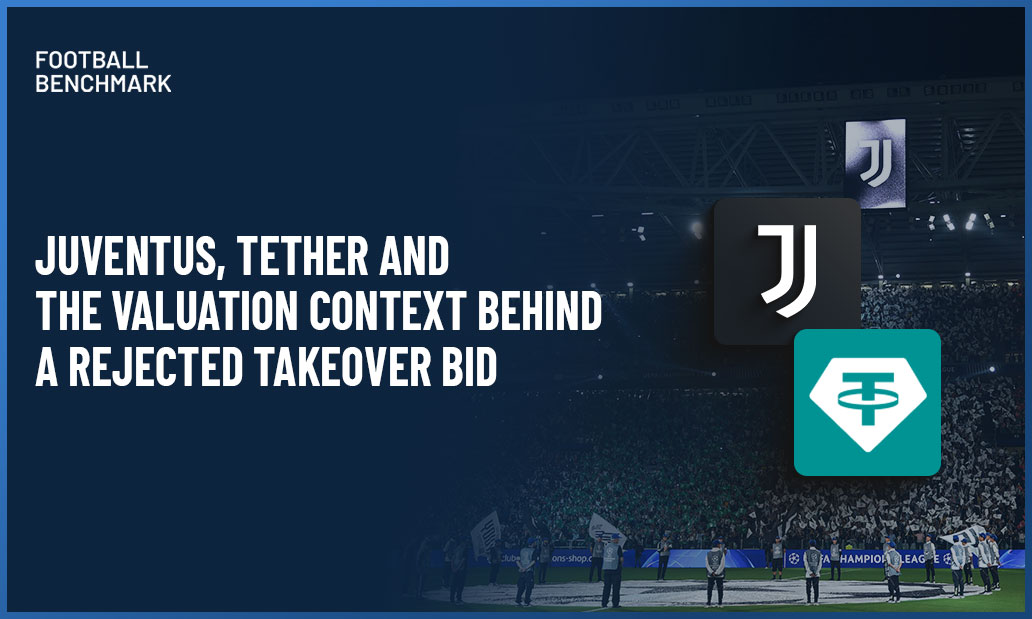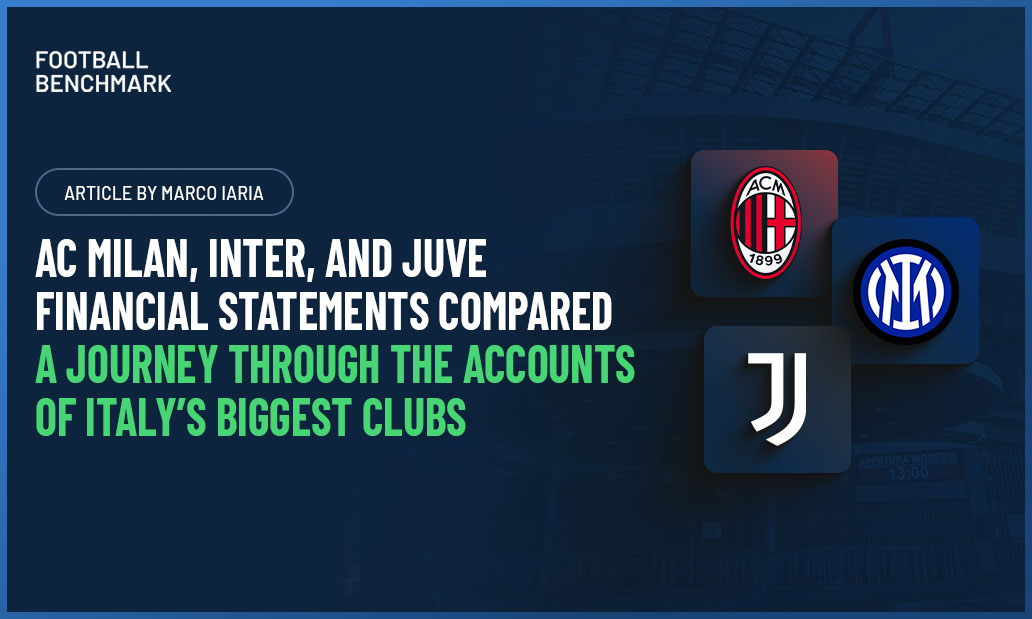
Paris has long been recognised as one of the game’s most prolific breeding grounds, producing generations of world-class players who have shaped both France’s national success and Europe’s leading leagues. Yet despite this unmatched depth of talent, Paris’s club landscape has historically struggled to reflect it.
While PSG dominates the city’s football identity, much of the region’s player development and competitive potential remains dispersed. Talented prospects frequently leave the city to find first-team football elsewhere, leaving opportunities within Paris largely underexploited.
Recent investment moves, however, suggest the picture may be changing. Paris FC’s promotion to Ligue 1 and their acquisition by the Arnault family and Red Bull marks a turning point, establishing a second top-flight presence in the capital. Alongside developments at clubs such as Red Star FC and FC Versailles, growing investor activity is evolving the conversation around what Paris’s football market could become.
This analysis looks at how Paris has become a global hub for football talent, how its clubs are evolving to harness that potential, and where future opportunities for growth and investment lie.
A talent capital of world football
Based on data from Football Benchmark’s Player Valuation platform, France stands out as one of the world’s strongest producers of football talent, accounting for 14 of the 100 most valuable players globally, including five of the top 20.
Within this global context, the concentration of talent inside France is even more remarkable: almost half (44%) of the country’s 100 most valuable players were born in or around Paris, underscoring the capital’s dominant role as the nation’s primary engine of elite player production. Even the lowest-valued player among the top 100 carries a market value of €11.1 million, a figure that reflects the depth and quality of the French player base as a whole.
At the 2022 World Cup, more players came from Greater Paris (30) than from London (8) and São Paulo (12) combined. This dominance reflects a combination of factors: a vast urban population providing a deep player pool, a multicultural demographic blending diverse playing influences, and sustained investment in grassroots and academy infrastructure. Together, these elements reinforce Paris’s position at the core of France’s football ecosystem.
A production line with limited pathways
While Paris remains unmatched in player production, the pathway from youth to professional football within the city is far less straightforward. Unlike other globally recognised talent hubs with multiple top-division clubs offering clear routes to elite football, Paris long lacked such competition at the elite level until Paris FC’s recent promotion to Ligue 1.
Despite the region’s rich youth landscape, featuring development clubs such as AS Bondy (where Kylian Mbappé and William Saliba began) and US Torcy (where Paul Pogba and Randal Kolo Muani played in their youth), opportunities to make the professional step in the capital remain limited. Around the age of 16 to 18, many of the most promising prospects are forced to move elsewhere in France or abroad to continue their progression.
Among the ten most valuable players from the Paris area, only six have ever been part of a Parisian club currently competing in France’s top three divisions, and just one (Warren Zaïre-Emery) made his professional debut in the city.
The combined market value of the top ten Paris-born players now exceeds €750 million. Yet rather than being capitalised on by Parisian clubs, much of this potential is realised elsewhere. Even PSG has historically struggled to integrate its own prospects. The club spent a combined €275 million to sign two of the region’s standout graduates: €180 million for Kylian Mbappé from AS Monaco and €95 million for Randal Kolo Muani from Eintracht Frankfurt.
Emerging competition in the capital
The Paris region’s unrivalled player production contrasts sharply with the limited number of professional clubs able to harness it.
Paris has historically lacked the club depth seen in other major football cities. Across France’s top three divisions, only six clubs are based in the capital region, and just three compete in Ligue 1 or Ligue 2.
In contrast to other major hubs analysed in previous Football Benchmark studies, such as Madrid and Lisbon, where multiple clubs coexist through strong local support and consistent top-flight performance, Paris has long struggled to establish similar diversity. Rather, the market has been overwhelmingly centralised around PSG, but that picture, however, is beginning to evolve.
The November 2024 acquisition of Paris FC (recently promoted to Ligue 1 for the first time in the modern era) by the Arnault family (52.4% via Agache Sport) and Red Bull (10.6%) marks a significant turning point. The partnership brings together LVMH’s financial power with Red Bull’s multi-club expertise and proven player development know-how.
Elsewhere, Red Star FC has long been seen as an underdog in the city. Its 2022 takeover by 777 Partners was anticipated to potentially mark a new chapter, but financial and governance issues across the group constrained progress. Alongside Red Star, FC Versailles reflects the growing diversity of investors entering the Parisian football scene. Co-owned by Alexandre Mulliez, Fabien Lazare and Formula 1 driver Pierre Gasly, it highlights how the region’s appeal is attracting new profiles, including celebrity figures. French entrepreneur Xavier Niel also entered the football space by becoming a shareholder at US Créteil-Lusitanos in recent months.
These developments indicate increasing confidence in Paris’s football market; however, the landscape remains unsaturated, leaving substantial opportunities to tap into the region's potential.
Untapped commercial potential in the capital
While Paris’s on-field reputation is defined by its extraordinary player output, the city’s broader appeal extends beyond football. Its global stature creates opportunities that few markets can match.
As a capital of culture, fashion, and finance, Paris offers exceptional commercial opportunity, a vast tourism base, and a highly desirable lifestyle for players, coaches, and executives alike. Its position as a strategic gateway to African football markets, combined with world-class infrastructure and a strong event legacy, reinforces its status as a natural hub from both a sporting and business perspective.
Yet the market remains largely underdeveloped. No Parisian club beyond PSG attracts more than around 10,000 fans per match or 300,000 followers on Instagram - clear evidence of untapped potential in one of the world’s most recognisable cities.
Over the past decade, PSG have demonstrated how effectively a club can harness Paris’s global image to build a powerful brand, from capitalising on the city’s landmark iconography and lifestyle to innovative collaborations such as their partnership with Nike’s Jordan brand. This alignment of football, culture, and design has elevated PSG’s global appeal and highlights the opportunity available to others in the region.
A region of talent and opportunity
Paris remains one of football’s most distinctive markets, a region of unparalleled talent production that continues to lag behind its potential in terms of club development. The Île-de-France has built an unmatched reputation as a player factory, yet much of that value is unlocked elsewhere.
Each year, Paris produces a significant amount of elite-level talent but its clubs capture only a fraction of that value. For investors and club leaders, strengthening the professional game pathway could represent the single most effective lever to translate Paris’s player production into long-term competitiveness and financial sustainability.
It is a football economy on the verge of evolution. Signs of diversification and renewed investment suggest growing confidence in the capital’s long-term potential, particularly in areas such as youth development, trading potential, and brand-building. For progress to be sustained, however, Paris’s clubs and investors will need to align sporting potential with the city’s global appeal and commercial opportunities.
Paris offers a rare combination of scale, visibility, and talent density that few football markets can match. For investors, the opportunity lies not in replicating PSG’s model, but in building complementary projects that harness the region’s natural strengths while addressing its structural gaps. Yet any investment strategy must also account for the broader challenges of French football, which continue to shape the operating environment for clubs.
At Football Benchmark, we draw on our understanding of football markets and industry dynamics to help investors and clubs assess the nuances of each landscape, supporting data-driven, context-aware decisions that recognise the cultural and structural realities shaping opportunities across the game.




